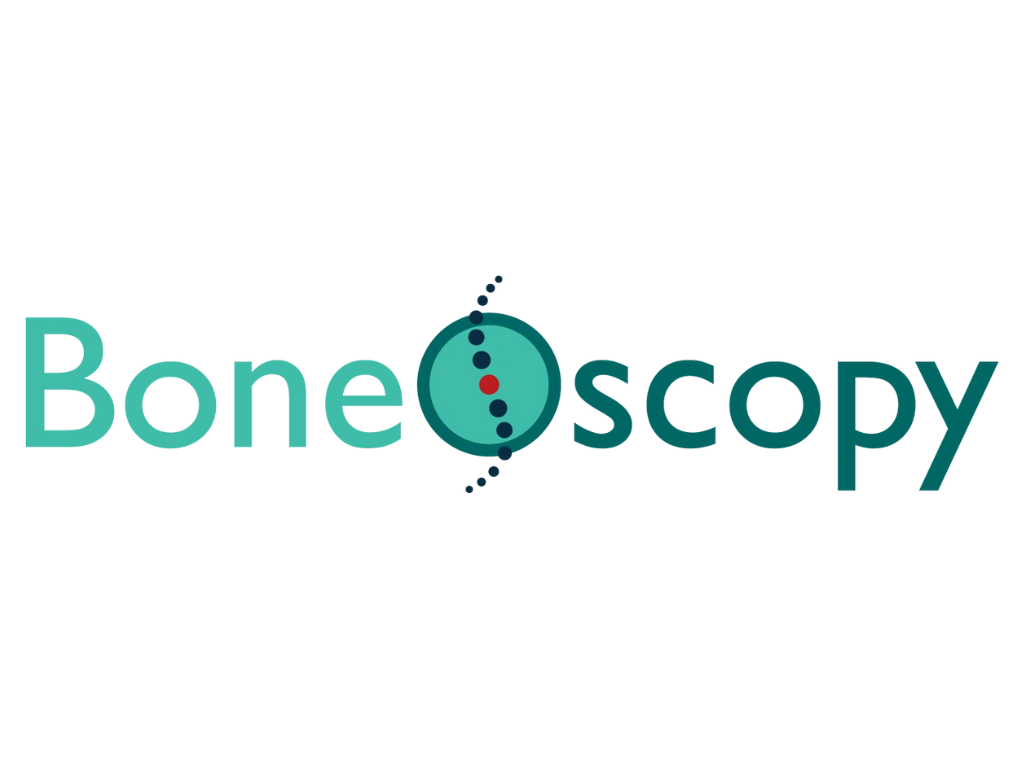A New Project Starts Today at LIP: BoneOscopy - Transforming Bone Cancer Treatment
"A new era in bone cancer treatment with innovative technology for monitoring during particle radiotherapy."

LIP is one of the partners in the European BoneOscopy project, funded by the Horizon Europe program, which aims to revolutionize bone cancer treatment. Over the next five years, researchers from various scientific fields will collaborate to develop the first technology capable of daily monitoring of tumors and calcium content in bone tissue during particle radiotherapy, without additional radiation exposure. This innovative approach will enable personalized treatments, more informed medical decisions, and a significant improvement in patients' quality of life.
In Portugal, the project will be developed at LIP, where the laboratory team plays a central role by bringing its expertise in advanced simulation, detector development, and fast electronics. The LIP researchers participating in BoneOscopy are:
- Pedro Assis, the coordinator of the Portuguese team, is responsible for developing the detector that marks particle entry into the treatment room using scintillating optical fibers and the fast electronics that instrument both this detector and the main detector, which measures secondary radiation. An expert in instrumentation and fast electronics, Pedro is also the director of LIP-Lisbon and coordinates LIP's Electronics Laboratory.
- Rute Pedro leads the development of the particle entry detector, employing technology based on scintillating optical fibers. This work builds on LIP’s expertise with scintillating materials, particularly in the context of the ATLAS experiment at CERN and dosimetry applications.
- Bernardo Tomé is responsible for advanced simulation and defining the requirements and characteristics of the detectors to be used in the project. His contribution will be essential to predict the system's performance and to analyze data to assess the system's sensitivity under real-world conditions.
BoneOscopy is an interdisciplinary project that combines bioengineering, physics, biology, instrumentation, and clinical radiotherapy. This collaborative effort highlights LIP's commitment to applying cutting-edge science and technology to challenges with significant social impact, contributing to advancements in the diagnosis and treatment of oncological diseases.
More info on the project's website.
